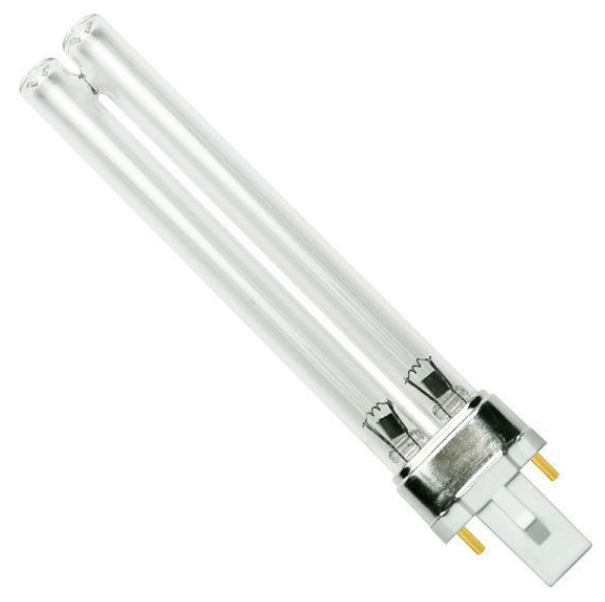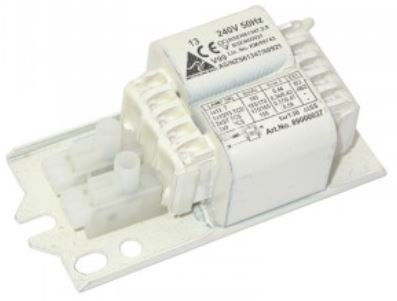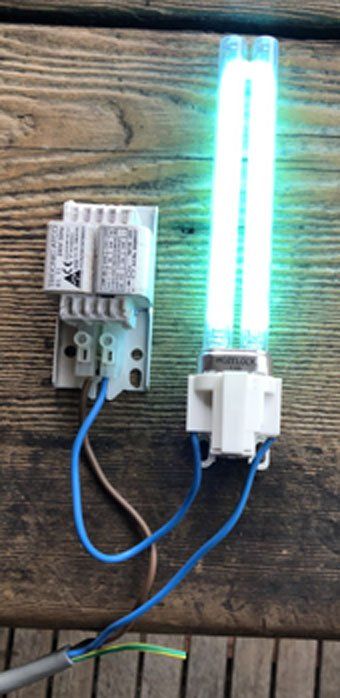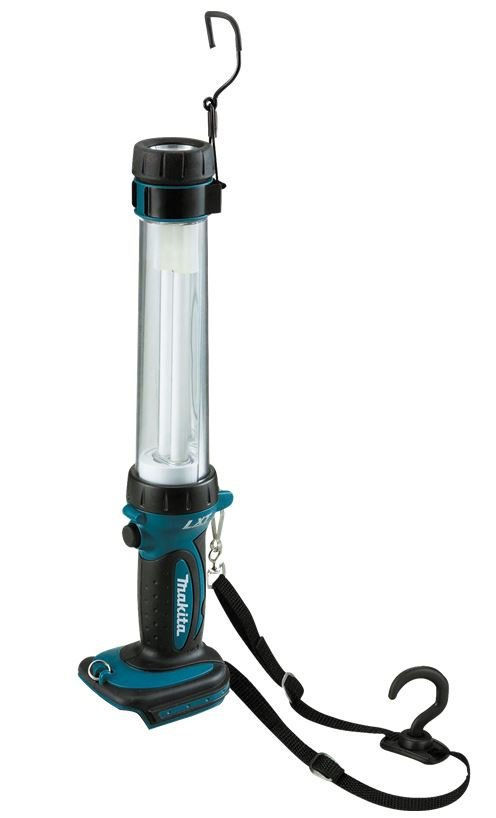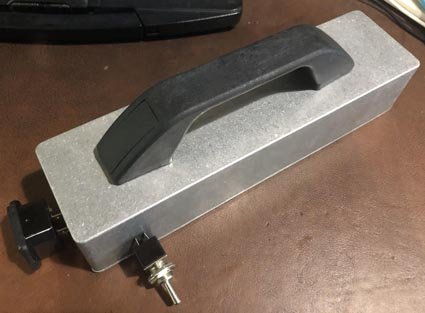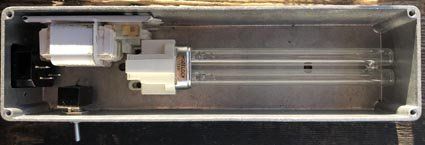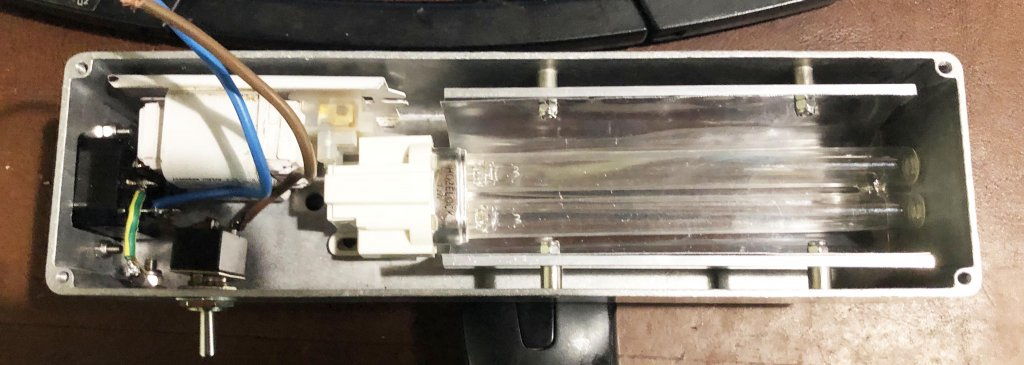I have now seen quite a few beautiful Fluorescent mineral collections, and have now started collecting some mysely as a secondary hobby to gold prospecting.
I recently traveled to the Beltana mine in SA to find some rare fluorescent Willemite (good samples sell to collectors for good bucks), but one of the major barriers to entry into this interesting hobby, is the cost of Ultra Violet (UV) torches and lamps.
High efficiency LEDs have been developed to cover visible and InfraRed light bands, but have only recently started to become available in the lower energy UV band (UVA).
Visible light starts at around 400nm for violet and ends around 750 for deep red as shown below:
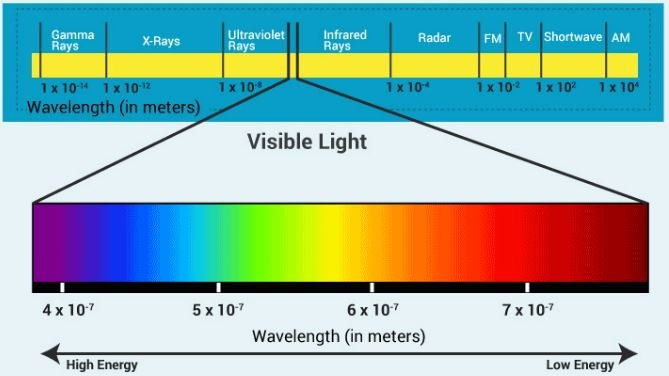
Within the UV band, there are 3 sub-bands (equivalent to different "colours"), including:
UVA, or near UV (315400 nm)
UVB, or middle UV (280315 nm)
UVC, or far UV (100280 nm)
As shown in the above picture, the light's photon energy increases with decreasing wavelength (or increasing frequency). We all know that X-Rays have much higher photon energy than visible light, as they'll penetrate many materials including flesh.
With recent advances in semiconductor technology, Long Wave UV (UVA) LEDs have now been developed with reasonable efficiency (UV Output / Total Power Input) to around 25%.
Modern torches using these LEDs emit a narrow UVA light spectrum peak just outside of our visible spectrum with a wavelength of around 365nm.
Some critters can see this light.
Some relatively low cost torches using these LEDs are now available, including the Convoy S2+ (around AU$40 excluding battery) which use a 4W LED made by Nichia (I reckon the Nichia LED is about the best UVA LED available at this time).
The Convoy S2+ also produces a small spill-over amount of violet light light which detracts lightly from the beauty of minerals which glow under UVA light.
At this time, I have not seen torches that are better than those using the Nichia LED, although Convoy also make one (FyrFly) with an LG LED which is supposed to be very similar, but which apparently gives off more violet light. You can buy cheap after-market filters to reduce this spill-over visible light. I have installed one in my Convoy S2+ which further enhances its display characteristics.
Don't even consider using "BlackLight" torches which peak at 395nm as they give off way too much visible light, and are nearly useless.
Whilst around 15% of minerals will fluoresce under UV light, many more do under the shorter wavelength UVB and UVC lights than do with UVA torches.
LEDS with reasonable efficiency are not yet available in the UVB or UVC bands, so hobbyists use mercury vapour lamps with expensive filters to generate this light.
So, unless you have big bucks ($500+ for even moderately powered vamps) this is where home builds starts, but be careful, as these shorter wavelength lamps are hazardous to eyes and skin, and must be treated with great respect. Attached below is a short article on these hazards:
"Short-wave UV, with wavelengths around 250 nm, excites fluorescence in a whole different set of minerals. The lamps are much more expensive, though. Moreover, the light itself is hazardous.
Short-wave UV causes skin burns and eye damage. Although all light is technically radiation, this stuff is really radiation. Short-wave UV is whats used in sterilizing lamps and UV water purifiers. (The suns short-wave UV radiation is filtered out by the ozone layer, high in the stratosphere although UVA and UVB will penetrate, causing sunburn and cancers.)
These factors make short-wave UV fluorescence a minority hobby."
Welders will also produce UVB and UVC light, and I have met many with nasty "sun burns" from excess usage without covering skin.
Always use eye and skin protection when using UVB and UVC lights, and NEVER look directly at the lights.
Whilst I have a low-powered UVB & UVC lamps (as well as a Convoy S2+ UVA torch) (I used these searching the Beltana mine for Willemite at night), LoneWolf and I plan to make some far stronger for a fraction of the cost than they can be bought for - generally from the States. These will be used for fluorescent mineral displays (in appropriate acrylic or glass display cases which stop the dangerous UV light escaping).
I have ordered some basic parts (lamp and ballast), and when they arrive, if there's any interest, I'll start to detail the build.
We look forward to hearing from other fluorescent mineral enthusiasts.
I recently traveled to the Beltana mine in SA to find some rare fluorescent Willemite (good samples sell to collectors for good bucks), but one of the major barriers to entry into this interesting hobby, is the cost of Ultra Violet (UV) torches and lamps.
High efficiency LEDs have been developed to cover visible and InfraRed light bands, but have only recently started to become available in the lower energy UV band (UVA).
Visible light starts at around 400nm for violet and ends around 750 for deep red as shown below:

Within the UV band, there are 3 sub-bands (equivalent to different "colours"), including:
UVA, or near UV (315400 nm)
UVB, or middle UV (280315 nm)
UVC, or far UV (100280 nm)
As shown in the above picture, the light's photon energy increases with decreasing wavelength (or increasing frequency). We all know that X-Rays have much higher photon energy than visible light, as they'll penetrate many materials including flesh.
With recent advances in semiconductor technology, Long Wave UV (UVA) LEDs have now been developed with reasonable efficiency (UV Output / Total Power Input) to around 25%.
Modern torches using these LEDs emit a narrow UVA light spectrum peak just outside of our visible spectrum with a wavelength of around 365nm.
Some critters can see this light.
Some relatively low cost torches using these LEDs are now available, including the Convoy S2+ (around AU$40 excluding battery) which use a 4W LED made by Nichia (I reckon the Nichia LED is about the best UVA LED available at this time).
The Convoy S2+ also produces a small spill-over amount of violet light light which detracts lightly from the beauty of minerals which glow under UVA light.
At this time, I have not seen torches that are better than those using the Nichia LED, although Convoy also make one (FyrFly) with an LG LED which is supposed to be very similar, but which apparently gives off more violet light. You can buy cheap after-market filters to reduce this spill-over visible light. I have installed one in my Convoy S2+ which further enhances its display characteristics.
Don't even consider using "BlackLight" torches which peak at 395nm as they give off way too much visible light, and are nearly useless.
Whilst around 15% of minerals will fluoresce under UV light, many more do under the shorter wavelength UVB and UVC lights than do with UVA torches.
LEDS with reasonable efficiency are not yet available in the UVB or UVC bands, so hobbyists use mercury vapour lamps with expensive filters to generate this light.
So, unless you have big bucks ($500+ for even moderately powered vamps) this is where home builds starts, but be careful, as these shorter wavelength lamps are hazardous to eyes and skin, and must be treated with great respect. Attached below is a short article on these hazards:
"Short-wave UV, with wavelengths around 250 nm, excites fluorescence in a whole different set of minerals. The lamps are much more expensive, though. Moreover, the light itself is hazardous.
Short-wave UV causes skin burns and eye damage. Although all light is technically radiation, this stuff is really radiation. Short-wave UV is whats used in sterilizing lamps and UV water purifiers. (The suns short-wave UV radiation is filtered out by the ozone layer, high in the stratosphere although UVA and UVB will penetrate, causing sunburn and cancers.)
These factors make short-wave UV fluorescence a minority hobby."
Welders will also produce UVB and UVC light, and I have met many with nasty "sun burns" from excess usage without covering skin.
Always use eye and skin protection when using UVB and UVC lights, and NEVER look directly at the lights.
Whilst I have a low-powered UVB & UVC lamps (as well as a Convoy S2+ UVA torch) (I used these searching the Beltana mine for Willemite at night), LoneWolf and I plan to make some far stronger for a fraction of the cost than they can be bought for - generally from the States. These will be used for fluorescent mineral displays (in appropriate acrylic or glass display cases which stop the dangerous UV light escaping).
I have ordered some basic parts (lamp and ballast), and when they arrive, if there's any interest, I'll start to detail the build.
We look forward to hearing from other fluorescent mineral enthusiasts.
Last edited by a moderator:




